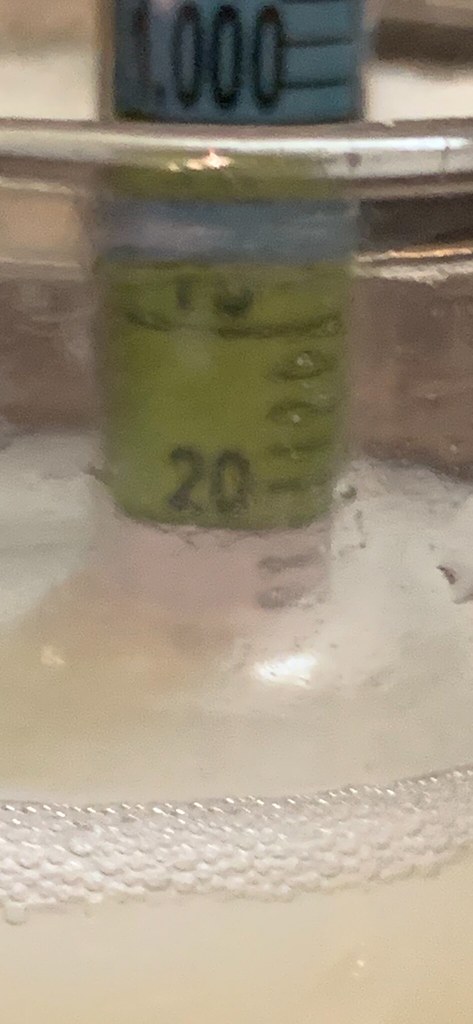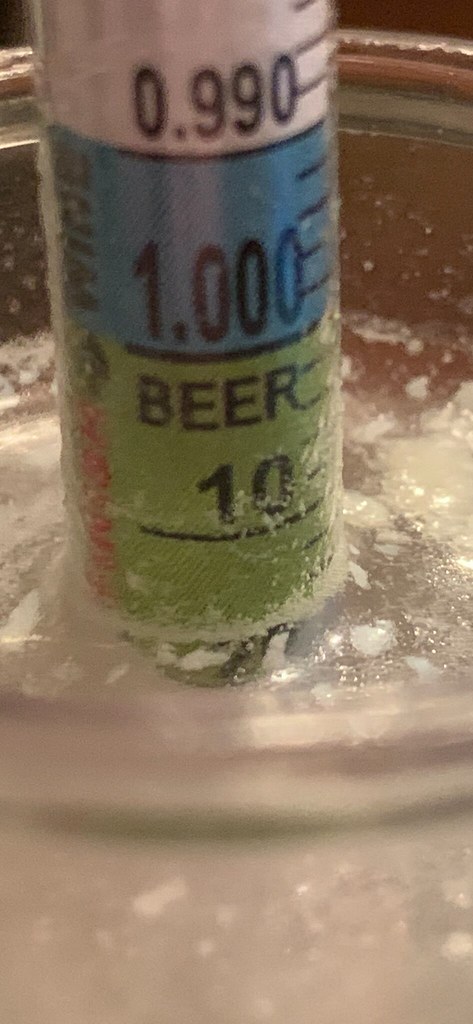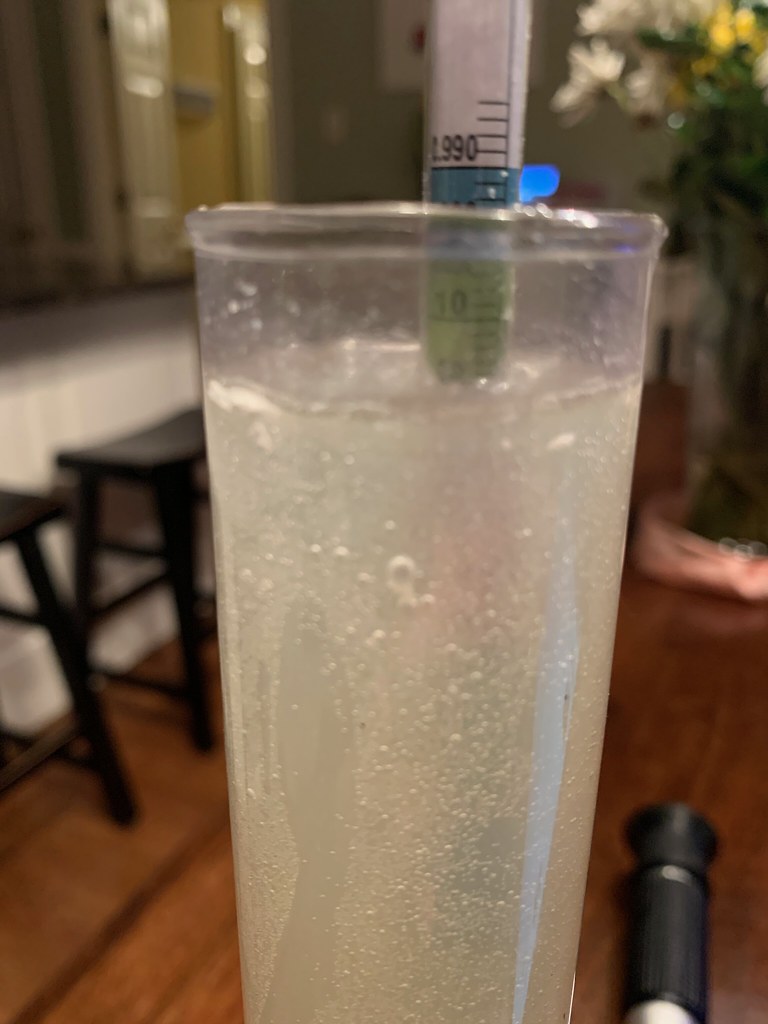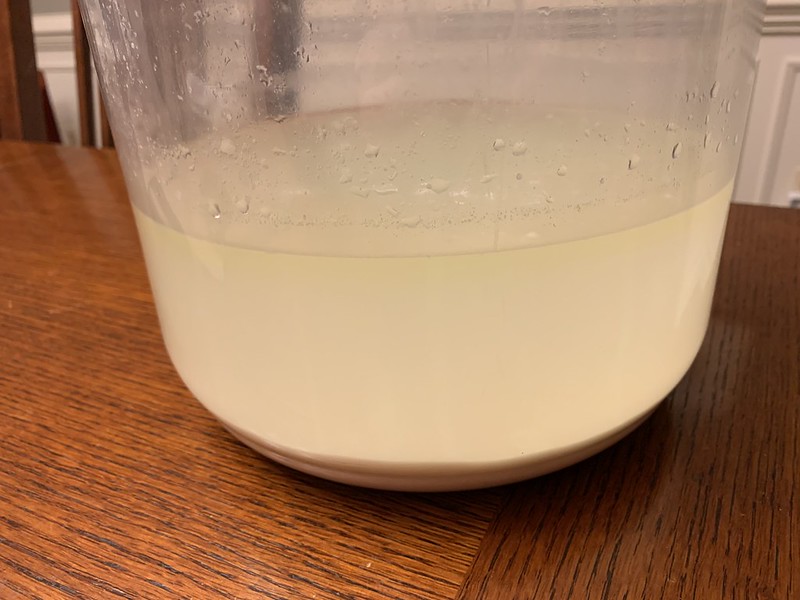roddog
Active Member
- Joined
- Dec 29, 2013
- Messages
- 42
- Reaction score
- 3
This next weekend, I'm making a Cotswold, I will save the whey again and test a batch of fermentation of non-Lactaid vs. Lactaid. What I've done thus far does not show that the Lactaid did the reduction of Lactose if the milk has simple sugars in it already, then I would see no difference in the two treatments. This is a base-line need. I am a University Professor, so I may be able to get an HPLC run to characterize the sugars in the whey, which will be informative and another line of evidence.
I'd like to also do a larger batch where I reduced with Lactaid then boiled down to concentrate the sugars prior to fermentation. 1.026 is a really weak fermentation. Biol it down to 1/3 and pitch again... Now we are talking.
I'd like to also do a larger batch where I reduced with Lactaid then boiled down to concentrate the sugars prior to fermentation. 1.026 is a really weak fermentation. Biol it down to 1/3 and pitch again... Now we are talking.

































![Craft A Brew - Safale BE-256 Yeast - Fermentis - Belgian Ale Dry Yeast - For Belgian & Strong Ales - Ingredients for Home Brewing - Beer Making Supplies - [3 Pack]](https://m.media-amazon.com/images/I/51bcKEwQmWL._SL500_.jpg)









